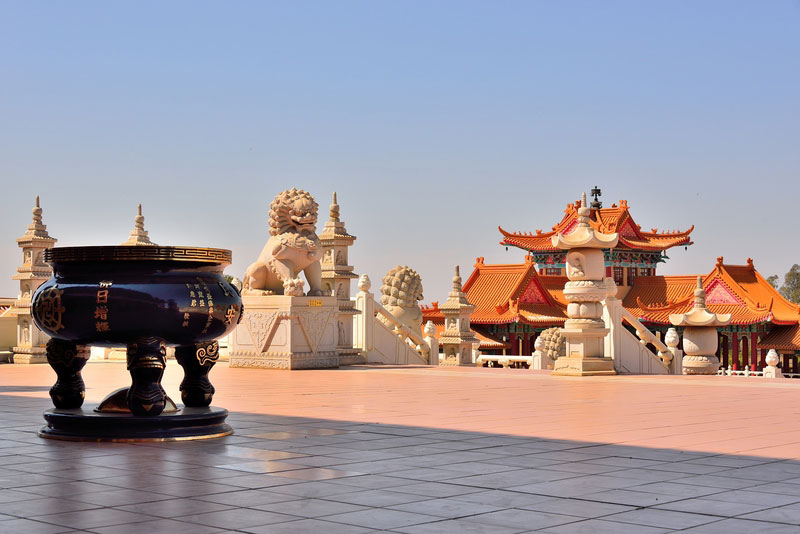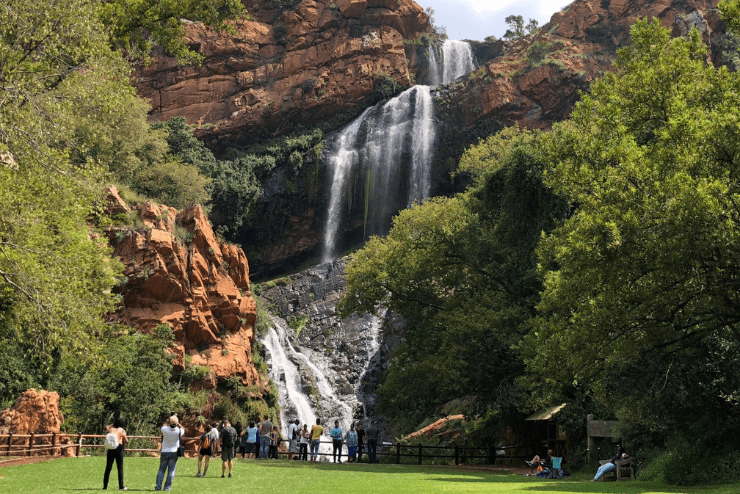5 Easy Facts About Johannesburg North Attractions Described
3 Simple Techniques For Johannesburg North Attractions
Table of ContentsSome Known Details About Johannesburg North Attractions Johannesburg North Attractions - The FactsThe Main Principles Of Johannesburg North Attractions The Single Strategy To Use For Johannesburg North AttractionsJohannesburg North Attractions for Beginners6 Simple Techniques For Johannesburg North AttractionsSome Ideas on Johannesburg North Attractions You Should Know
You need to keep safety in mind and tourists should continue to be alert at all times when in unknown environments. Speak to the residents when you remain in town to find out concerning the area you are remaining in. Johannesburg North attractions. When on the road (this doesn't relate to mall and other safe and secure atmospheres) best general guidance is to attempt your best to appear like a neighborhood and to avoid showing any kind of type of riches
Johannesburg North Attractions - Questions
Teacher Revil Mason O. J. (Thomson, 1946) explored the Witwatersrand's pre-colonial history. His archaeological work exploded the 'em pty land' myth, according to which the region was without human habitation before the arrival of European settlers. In his publications Prehistory of the Transvaal: A Record of Human Task (1962) and Origins of Black People of Johannesburg and the Southern Western Central Transvaal Advertisement 3501880 (1986 ), Professor Mason showed the extent of social and economic development in the location before Europeans established foot below.

Not known Facts About Johannesburg North Attractions
In 1878, David Wardrop found gold in quartz veins at Zwartkop, north of Krugersdorp. In 1881, Stephanus Minnaar came across gold on the farm Kromdraai, near the Cradle of Humankind.
In March 1886, a protrusion (quickly to be called the Key Coral reef) was located, quite luckily, on Gerhardus Oosthuizen's farm Langlaagte. Some state that the Lancastrian coal miner George Pedestrian uncovered this coral reef. Another itinerant English prospector, George Harrison (who had previously operated in Australian mines) acquired a prospecting licence in respect of Langlaagte in May 1886.
He made a decision to go on in a mission for greener fields, and disposed of his Langlaagte case for the baronial amount of 10. Alas: under lay the wealthiest goldfield ever before discovered. The exploration of this rich auriferous reef provoked a gold rush that signified the end of bucolic tranquillity in the southerly Transvaal.
It would certainly, within 6 years, come to be the largest town in southern Africa. Within a years, it would certainly make the Z. A. R. up until then an anarchical and bankrupt little state the wealthiest nation in Africa. By the millenium, the Z. A. R. was to go beyond Russia, Australia and the USA of America to come to be the world's leading gold producer, generating even more than a quarter of the globe's gold.
Unknown Facts About Johannesburg North Attractions
It was referred to as Ferreira's Camp, named after Colonel Ignatius Ferreira. He was a Boer traveler upon whom the British authorities had presented the status of Friend of the Most Identified Order of St Michael and St George (entitling him to the post-nominal letters C. M. G.) in appreciation for his duty in the war that had actually deposed the Pedi king Sekhukhune in 1879.
Two various other camps were developed: Meyer's Camp go to this website on the farm Doornfontein, and Paarl Camp. The latter was nicknamed Afrikander Camp; lots of individuals from the Cape Colony cleared up there.

The Only Guide to Johannesburg North Attractions
This name got currency by word of mouth, such that the State Secretary attested the name to the Mining Commissioner on 9 October 1886. Stands in the village were auctioned on 8 December 1886. While some stands were marketed for 10, others were knocked down for just sixpence.
Two years later on, these erven were to change hands for as high as 750 each. The tented camps dwindled as a dorp of corrugated iron structures developed and increased north of the mines located along the Key Reef Roadway. Areas such as Jeppe's Town (where working-class immigrants erected their dwellings) and Doornfontein (where the wealthy new 'Randlords' started to build their luxurious homes) were quickly included in the ever-expanding map of the community.
How Johannesburg North Attractions can Save You Time, Stress, and Money.
Apart from the street names, there were no indications of Johannesburg being located in a Dutch-speaking country., almost everybody spoke English and even the Government slaves addressed one in English, unless they see were initial resolved in the Taal (or Reduced Dutch)'.
As such, Britain had a passion in ensuring optimum problems for gold manufacturing on the Witwatersrand, which the gold was exported to London instead of Berlin an important made even more clamant by the Z. A. R - Johannesburg North attractions.'s increasing toenadering with Germany. Mine proprietors got on a clash with Head of state Kruger, whose policy of monopolistic concessions (frequently granted to his cronies) prevented mining firms from acquiring materials of materials (specifically dynamite) and labour on their very own, more affordable terms
Getting My Johannesburg North Attractions To Work
In 1890, the Volksraad had actually restricted the franchise business to white males who had stayed in the Z. A. R. for fourteen years or longer, thus invalidating a lot of the immigrants (who occurred to be the significant factors to the fiscus). Frustration for the vote was a simple pretense for advertising a various agenda; many uitlanders concerned themselves as short-term site visitors and had no purpose of remaining in the Z.